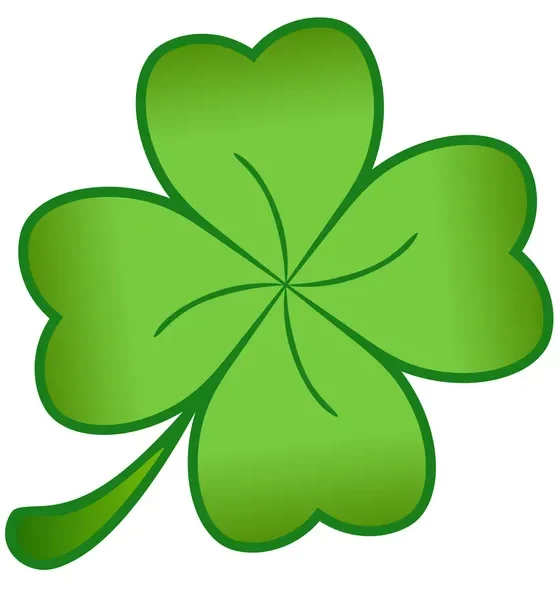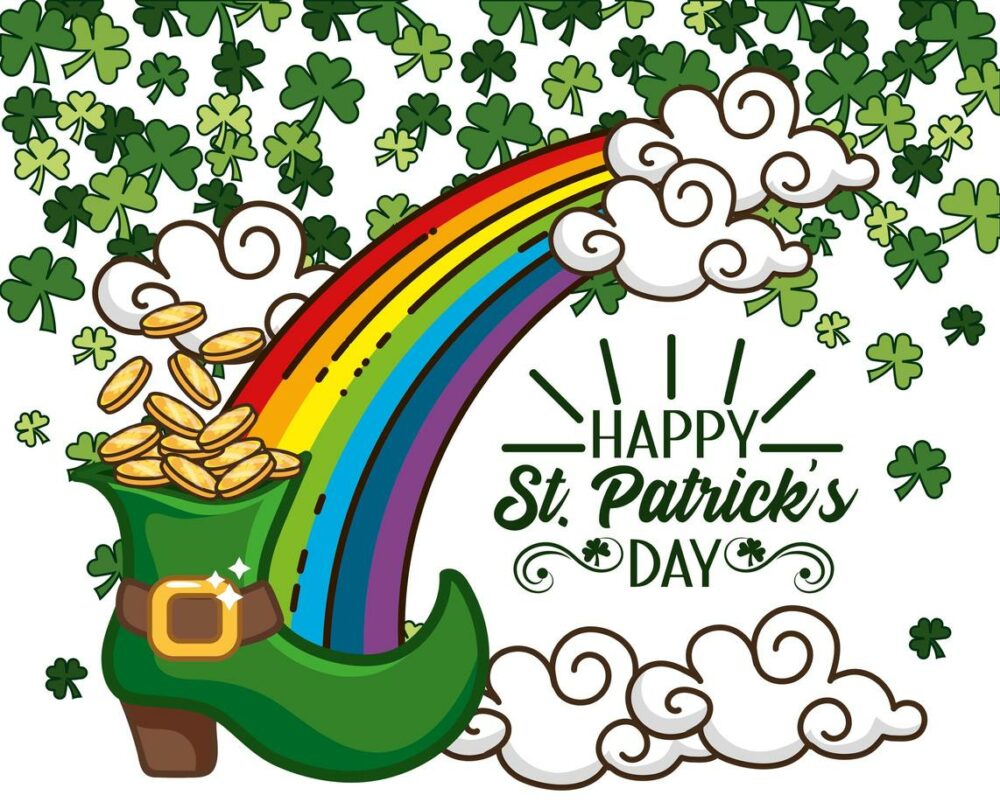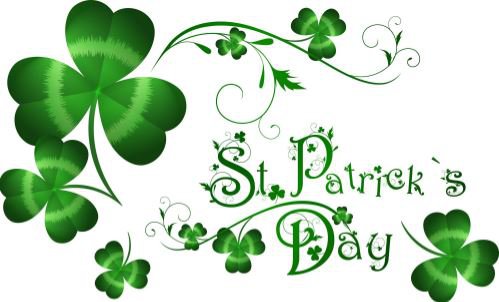Table of Contents
Introduction: History of St. Patrick’s Day celebration
Dive into the enchanting narrative of the ‘History of St. Patrick’s Day celebration’ as we embark on an illuminating journey through centuries past. This exploration will unravel the rich tapestry that underlies the beloved Irish tradition, from its humble beginnings rooted in the life of St. Patrick to its evolution into a globally celebrated festivity. Join us on this historical quest as we unveil the origins, trace the cultural metamorphosis, and witness the vibrant tapestry of St. Patrick’s Day celebrations that have captivated hearts worldwide. Let the pages of history unfold as we delve into the fascinating story behind the iconic celebration that annually paints the world in hues of green and joy.
Section 1: The Genesis of St. Patrick’s Day
In the vast tapestry of history, the origins of the St. Patrick’s Day celebration are intricately woven into the life of St. Patrick himself. Born in Roman Britain in the late 4th century, St. Patrick’s destiny took an unexpected turn when he was captured by Irish raiders and transported to Ireland as a slave. It was during this period of captivity that he found solace in Christianity, and upon his escape, he returned to his homeland. St. Patrick’s unwavering faith led him back to Ireland as a missionary, where he played a pivotal role in the Christianization of the island.
The symbolic tale of St. Patrick driving out snakes from Ireland, while often debated for its literal truth, holds profound significance. It symbolizes his mission to eradicate pagan practices and introduce Christianity to the Irish people. The use of shamrocks, particularly the three-leafed clover to explain the Holy Trinity, became a central theme in his teachings. St. Patrick’s Day emerged as a celebration of his missionary work, with early observances marked by religious services and feasts in his honor.
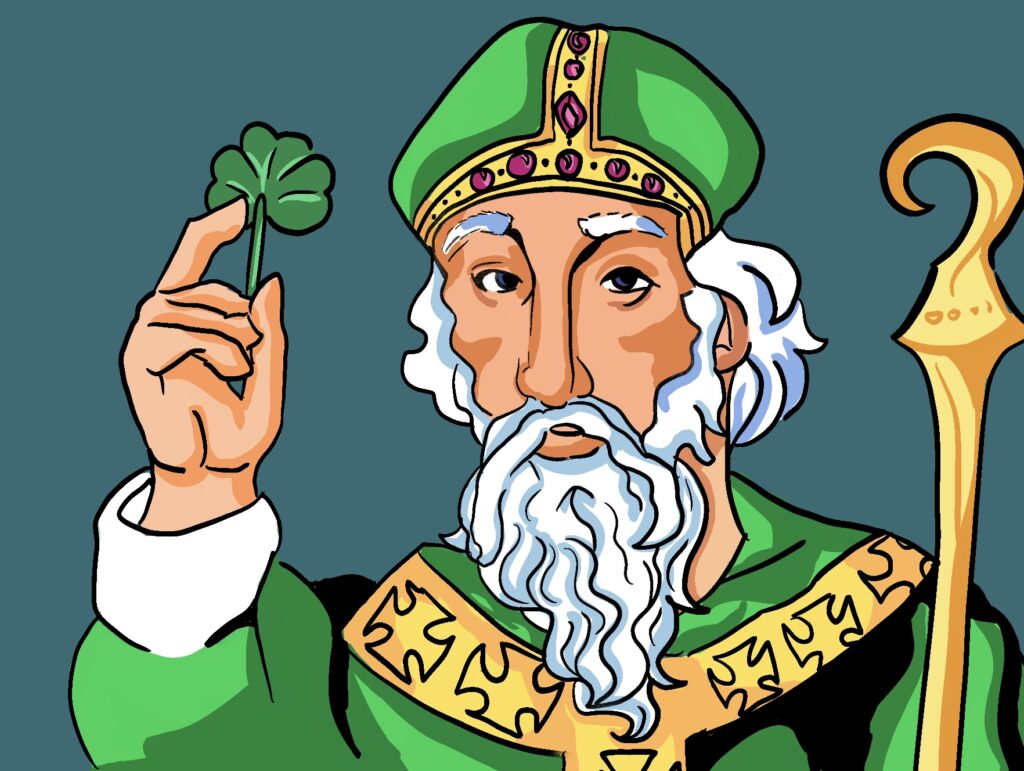
Section 2: Cultural Metamorphosis Through the Centuries
Over the centuries, the celebration of St. Patrick’s Day underwent a cultural metamorphosis that transformed it from a religious observance into a vibrant celebration of Irish identity. The infusion of Irish folklore played a crucial role, with shamrocks becoming synonymous with St. Patrick’s teachings. The use of shamrocks and the adoption of the color green symbolize not only religious concepts but also Ireland’s lush landscapes. The celebration, once rooted in religious fervor, expanded its horizons as it embraced cultural elements.
The 18th-century United States became a crucible for the evolution of St. Patrick’s Day celebrations. Irish immigrants, seeking to connect with their heritage, contributed to the festivities’ vivacity and inclusiveness. Parades, a modern addition to the celebrations, gained popularity, becoming a hallmark of St. Patrick’s Day in various parts of the world. The celebration became a fusion of religious traditions, cultural practices, and a symbol of Irish pride.
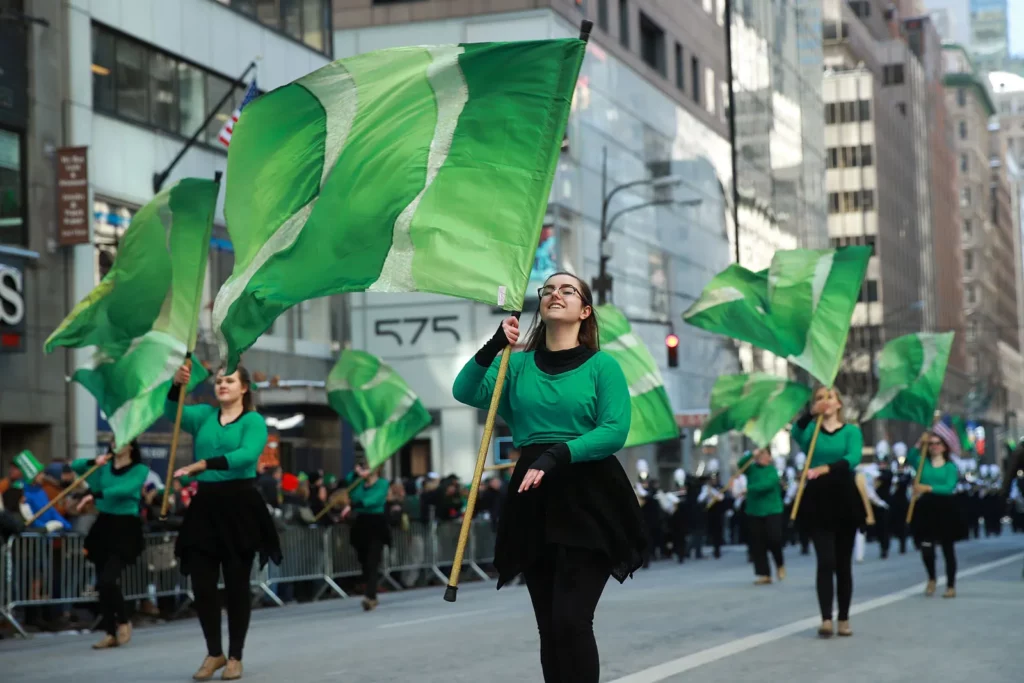
Section 3: St. Patrick’s Day Today – A Global Celebration
In the contemporary era, St. Patrick’s Day has transcended its Irish origins to become a global celebration, marked by diverse traditions and festivities. Cities around the world join in the joyous celebration with parades, cultural events, and the iconic “wearing of the green.” The day is no longer confined to Ireland; it has become an opportunity for people of all backgrounds to partake in the vibrant celebration of Irish heritage.
Modern traditions include lively parades with elaborate floats, traditional Irish music and dance performances, and the widespread decoration of landmarks with green lights. St. Patrick’s Day has evolved into a testament to the enduring appeal of Irish culture and the inclusive nature of the celebration. It is a day when people from various walks of life come together to share in the festivities, fostering a sense of unity and camaraderie.
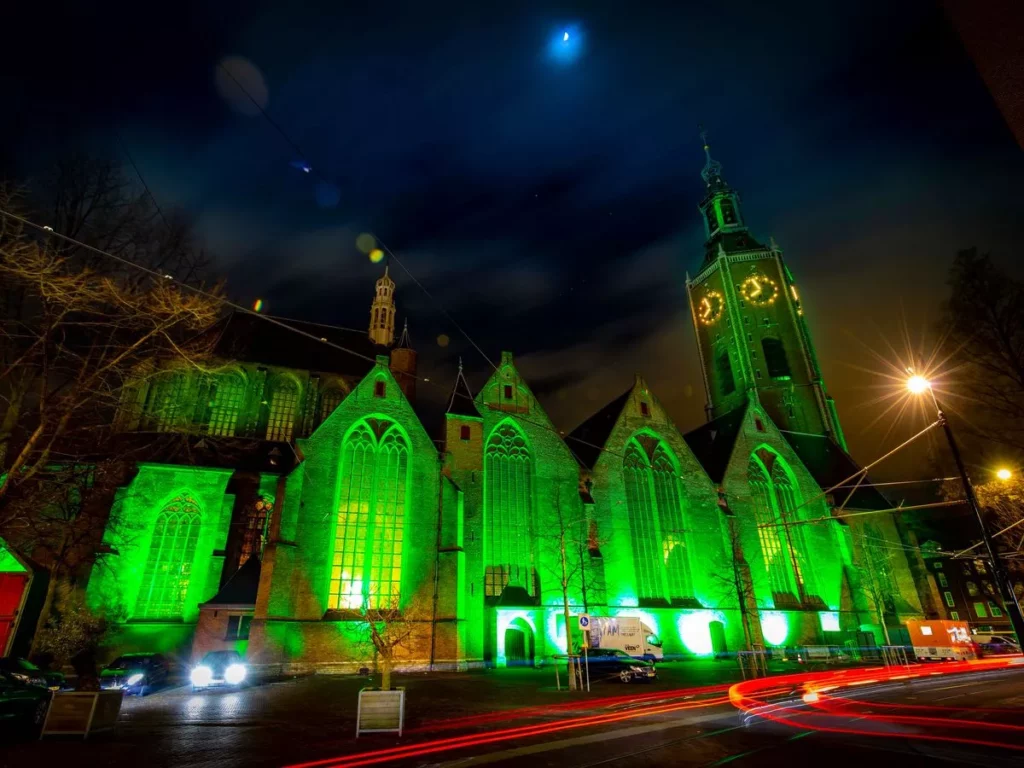
Frequently Asked Question:
Q: What is the history of St. Patrick’s Day?
A: The history of St. Patrick’s Day is deeply intertwined with the life of St. Patrick, born in the 4th century in Roman Britain. Captured by Irish raiders and later returning as a missionary, St. Patrick played a pivotal role in Ireland’s Christianization. The celebration emerged as a tribute to his missionary work, with early observances featuring religious services and feasts. Over centuries, St. Patrick’s Day evolved, influenced by Irish folklore and the Irish diaspora. Today, it stands as a global celebration, a vibrant fusion of traditions that unite people in the joyful embrace of Irish heritage.
For More Information History of St. Patrick’s Day celebration Check Out This Link!
Saint Patrick’s Day – Wikipedia
